Ah, fashion bloggers, we owe so much to thee. While there were about 750 million fashion and lifestyle blogs (not an accurate headcount) floating around in the late aughts, there were a select few that had an absolute chokehold on the millennial Girls generation. Blogs like Man Repeller and Rookie Mag were practically the precursor to the social media influencer, circa 2014. Just swap out mom jeans for lacy, wine-colored tights, and boom, you have a proto-influencer.
While many of these fashion blogs of old have long since stopped updating, we thought we’d pay tribute to some of the greats. How many did you have bookmarked?
Man Repeller
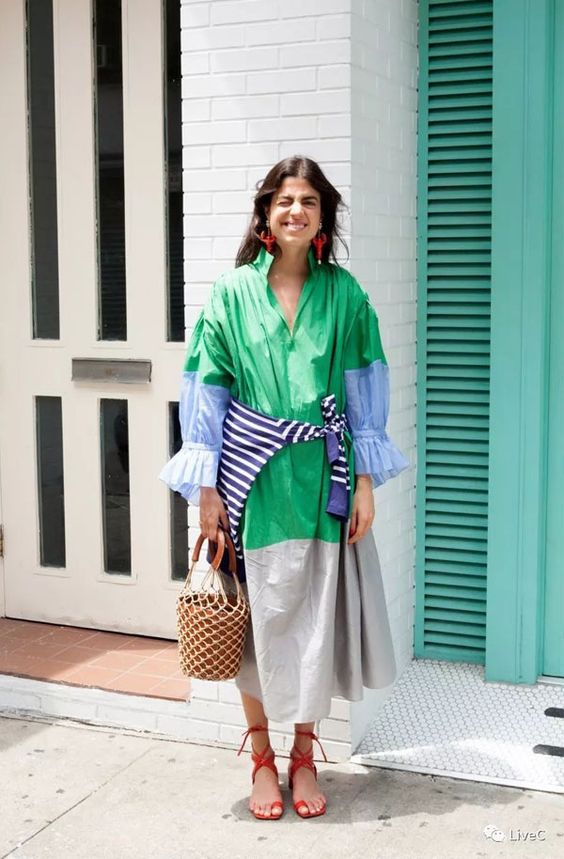
Man Repeller, created by fashion stylist Leandra Medine-Cohen, launched circa 2010 and took the girlies by storm. Considered an antithesis to the over-polished, super-serious trends of the early 2000s (think perfectly kept tans, tight skinny jeans, and stick-straight hair), Man Repeller offered fashion advice that was more approachable. Peasant blouses and loose, ethereal garments definitely helped usher in the hipster era that dominated the early 2010s.
Rookie Mag
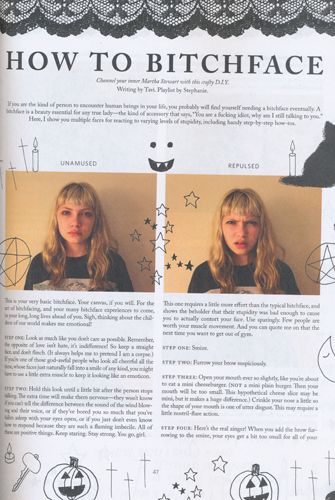
To you, dear Gen Z reader, Tavi Gevinson is that actress in that thing, but to us born in the ’90s, she was GOD.
Okay, just kidding, but it was pretty cool to see a literal teenager (she’s just like us!) create an entire brand from scratch. Rookie Mag was borne out of a desire to speak to young girls beyond the pages of those inaccessible glossy mags. It was a real “for us, by us” movement, with writers from all over the world swapping fashion tips, gossiping about celebrity sightings, and exchanging music playlists. The best part was that it never felt mean. Rookie Mag, before it folded in 2018, was a beacon of a new kind of sisterhood.
Lookbook.nu
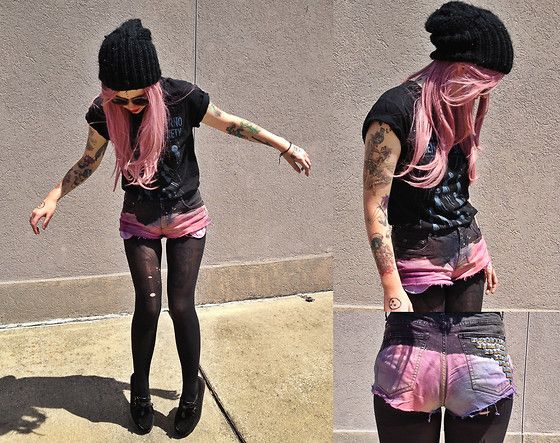
If you owned a pair of colourful tights in either teal or mustard yellow, you can probably thank Lookbook. With Lookbook you got to be a virtual globetrotter, admiring fashion and makeup from far off locales like London, Copenhagen, or [insert exciting, vaguely foreign city here]. Teenagers in Amsterdam really were the tastemakers of early 2010s hipster fashion. Respect.
WeHeartIt
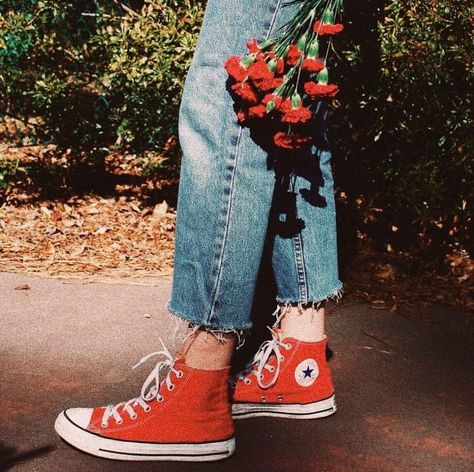
This oft-forgotten artifact of early 2010s hipster culture still holds a very near and dear place in our hearts. If you want to know the origins of ancient hipster mockery (feathers in the hair, Polaroid photographs, #aesthetic pictures of brunch), look no further than WeHeartIt. Basically, WeHeartIt girls ran so that E-girls and Instagram baddies could walk.
If you’re looking to scratch that itch, the WHI page has 16 million followers on Pinterest, so you can “heart” to your heart’s content.
Polyvore
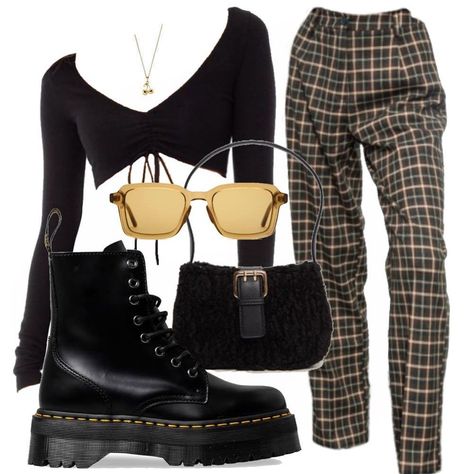
Polyvore was like this website/shopping hybrid where you could make outfits that you couldn’t afford and would never buy. But still, it was fun! Polyvore is the reason why we had memes like “Outfits for Disney Princesses” and “Hipster Boyfriend Starter Pack.” It was acquired by Canadian company ssense in 2018 and put on permanent hiatus, which is a travesty, since all those early hipster kids can now finally afford those aspirational striped Commes Des Garcons t-shirts and black skinny jeans.
XOJane

XOJane was a hotspot for fun, easy, lighthearted blogging about typical young adult foibles, but it was typical young adult foibles in cities like New York or Los Angeles, which made it exciting. XOJane headlines were like a masterclass in clickbait. Headlines like “How My Best Friend’s Death Was A Blessing” (yes, that’s real) were leery, but dang if they didn’t grab attention!
Thought Catalog
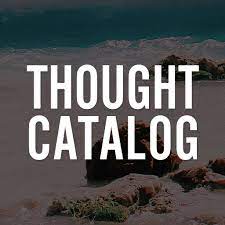
The concept of the confessional essay has been around forever, but the thought of packaging it for young adults, harnessing it for social media, and putting it online was pretty radical at the time that Thought Catalog launched. They were basically doing those long Instagram #deep #wanderlust captions long before your favorite influencer was doing it. Sometimes the writers on Thought Catalog could be a little too maudlin (like, “I’m 14 and this is deep” levels of maudlin), but in the early 2010s, TG was a conduit for the young millennial voice. Love it or hate it, Thought Catalog probably changed the landscape of how books and media are marketed and consumed to young audiences today.
